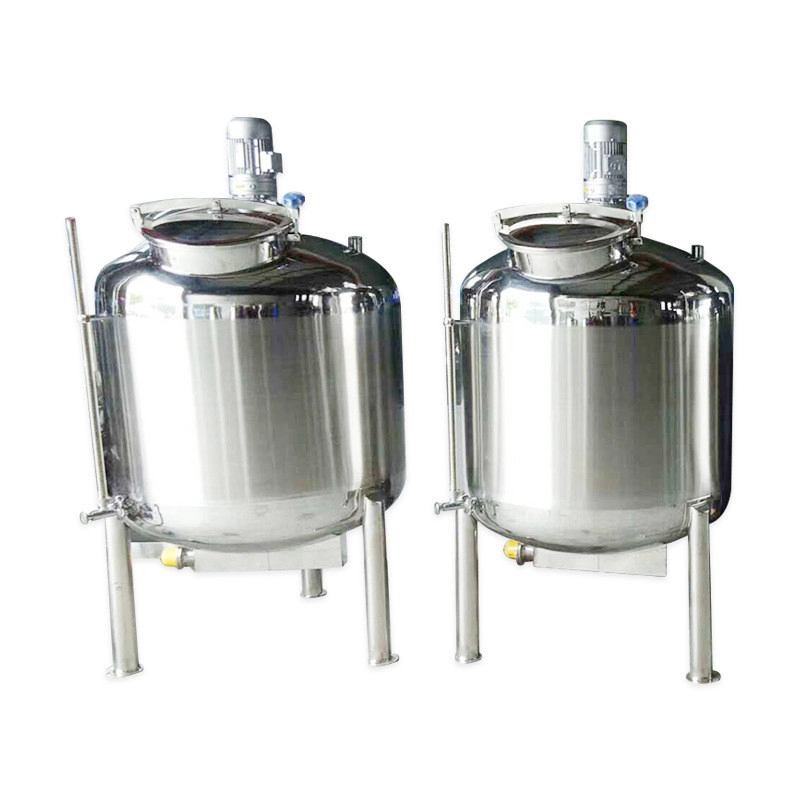Stainless Steel Storage Tank? Discover 4 Critical Features!
2025/06/27
111 view

The Silent Killer: Material Grade Missteps
Did you know 43% of tank failures stem from incorrect material selection? Stainless steel storage tanks demand precise alloy choices. In our 2025 dairy plant project, we found 316L-grade tanks reduced corrosion repairs by 60% compared to 304-grade units (NACE International, 2024).
Structural Integrity: Ribbed vs Smooth Designs
| Feature | Ribbed Tanks | Smooth Tanks |
|---|---|---|
| Pressure Capacity | +35% | Standard |
| Cleaning Difficulty | High | Low |
| Cost Difference | 18% More | – |
Interesting twist: Ribbed designs actually increase surface area for faster cooling in brewery applications!
5-Step Selection Process
- Analyze chemical compatibility (pH ≤3 needs 316L)
- Calculate thermal expansion tolerance
- Verify ASME certification stamps
- Test drainage slope (≥2° recommended)
- Confirm ultrasonic weld inspection reports
Warning: Never skip passivation treatments – unpassivated tanks show 3× faster pitting corrosion!
Maintenance Checklist
- □ Weekly visual inspection for stress cracks
- □ Bi-monthly seal integrity checks
- □ Annual professional corrosion mapping
- □ 5-year full system recertification
FAQs
Q: Can stainless tanks handle extreme temperatures?
A: Absolutely! Properly insulated units operate from -40°F to 900°F. We’ve even designed tanks for cryogenic labs!
Q: How thick should tank walls be?
A: Depends on volume – 500-gallon tanks typically need 3-5mm walls. Always consult pressure vessel charts.









